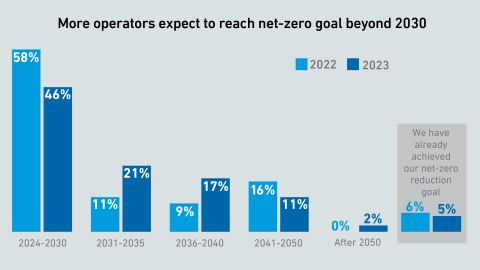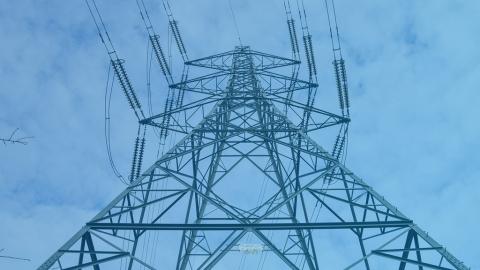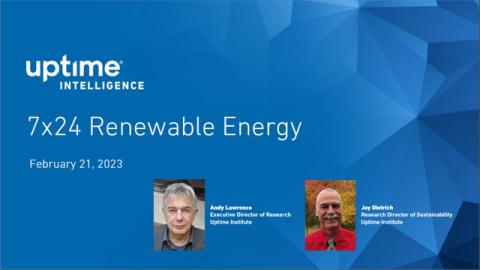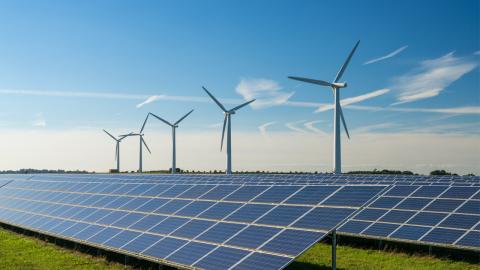Enhanced geothermal systems use advanced drilling and hydrofracturing techniques to access geothermal energy in more locations. Some data centers may use enhanced geothermal energy for on-site, low-carbon power.
filters
Explore All Topics
Operators looking for low-carbon power may be assessing low-carbon hydrogen for standby or primary power. Except for niche applications, the technology is a long way from practicality.
Underground hot rocks are emerging as a source of firm, low-carbon power for data centers, with new techniques expanding viable locations. Compared with nuclear, geothermal may be better positioned to support planned data center growth.
Uptime experts discuss and answer questions on grid demands and sustainability strategies while debating how to meet decarbonization goals.
SMRs promise to usher in an era of dispatchable low-carbon energy. At present, however, their future is a blurry expanse of possibilities rather than a clear path ahead, as key questions of costs, timelines and operations remain.
Rapidly increasing electricity demand requires new generation capacity to power new data centers. What are some of the new, innovative power generation technology and procurement options being developed to meet capacity growth and what are their…
The cost of low-carbon green hydrogen will be prohibitive for primary power for many years. Some operators may adopt high-carbon (polluting) gray hydrogen ahead of transitioning to green hydrogen
Hydrogen is a promising energy storage medium that can help decarbonize infrastructure. It is not a great fit for the majority of data centers, and the hydrogen economy is not fully developed.
The data center industry's drive for carbon-free growth appears to be at odds with electricity grid stability. Data center operators will need to reorient their strategies to integrate growth, efficiency and decarbonization.
Energy attribute certificates (EACs) are becoming the preferred option for demonstrating the consumption of carbon-free and renewable energy. However, there is still some considerable debate regarding what type of EACs to use.
Goals for achieving net-zero emissions by 2030 are being extended, according to Uptime Institute survey data. This is likely driven by stricter reporting requirements, rising costs and limited availability of carbon-free energy.
Electric grids face serious issues largely because of national efforts to reduce carbon emissions and boost electrification. Data center growth will add to these problems - but unreliable data could lead to poor decision-making.
This report explains the nuances of using energy consumption, energy attribute certificates and emissions factor data to calculate the use of renewable energy and carbon-free energy, and a Scope 1 and 2 emissions inventory.
More data center operators are establishing 7x24 goals for clean energy consumption, an approach that is consistent with Uptime Intelligence recommendations on clean energy procurement and goals. This webinar assesses the limits of a 7x24 commitment…
This high-level glossary of terms accompanies the Uptime Institute Intelligence report series, 'Digital infrastructure sustainability - A manager's guide'.
 Peter Judge
Peter Judge

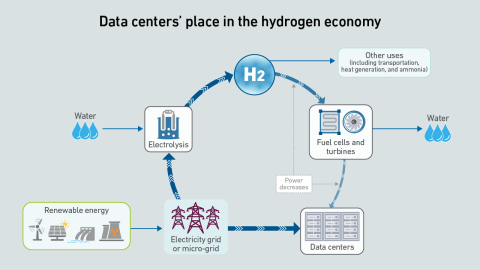
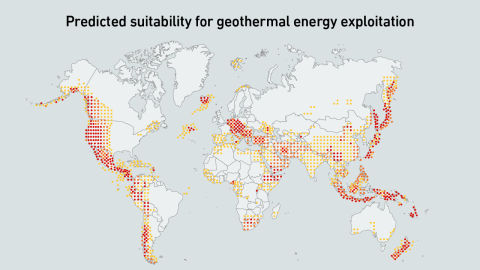
 Max Smolaks
Max Smolaks
 Jay Dietrich
Jay Dietrich
 Jay Paidipati
Jay Paidipati
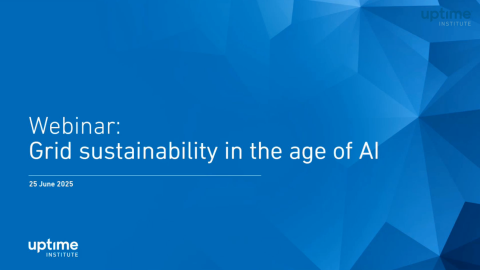
 Daniel Bizo
Daniel Bizo
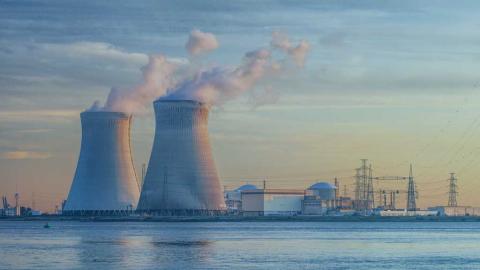
 Andy Lawrence
Andy Lawrence

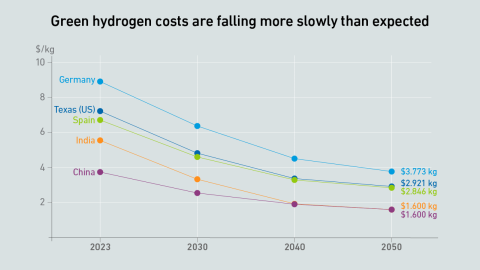
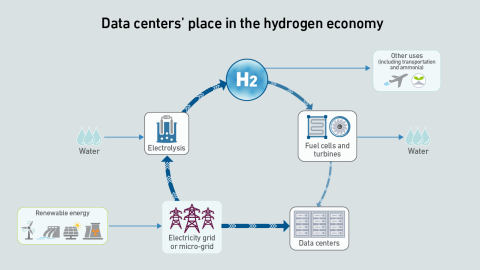
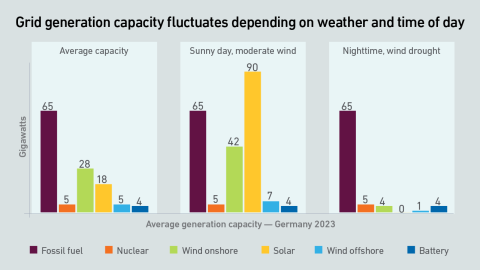
 Dr. Tomas Rahkonen
Dr. Tomas Rahkonen
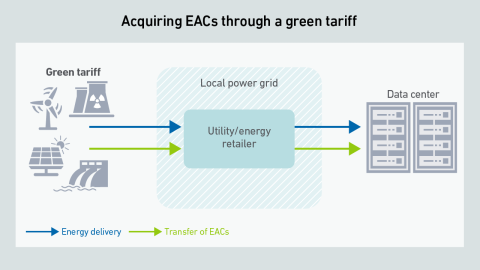
 Douglas Donnellan
Douglas Donnellan
